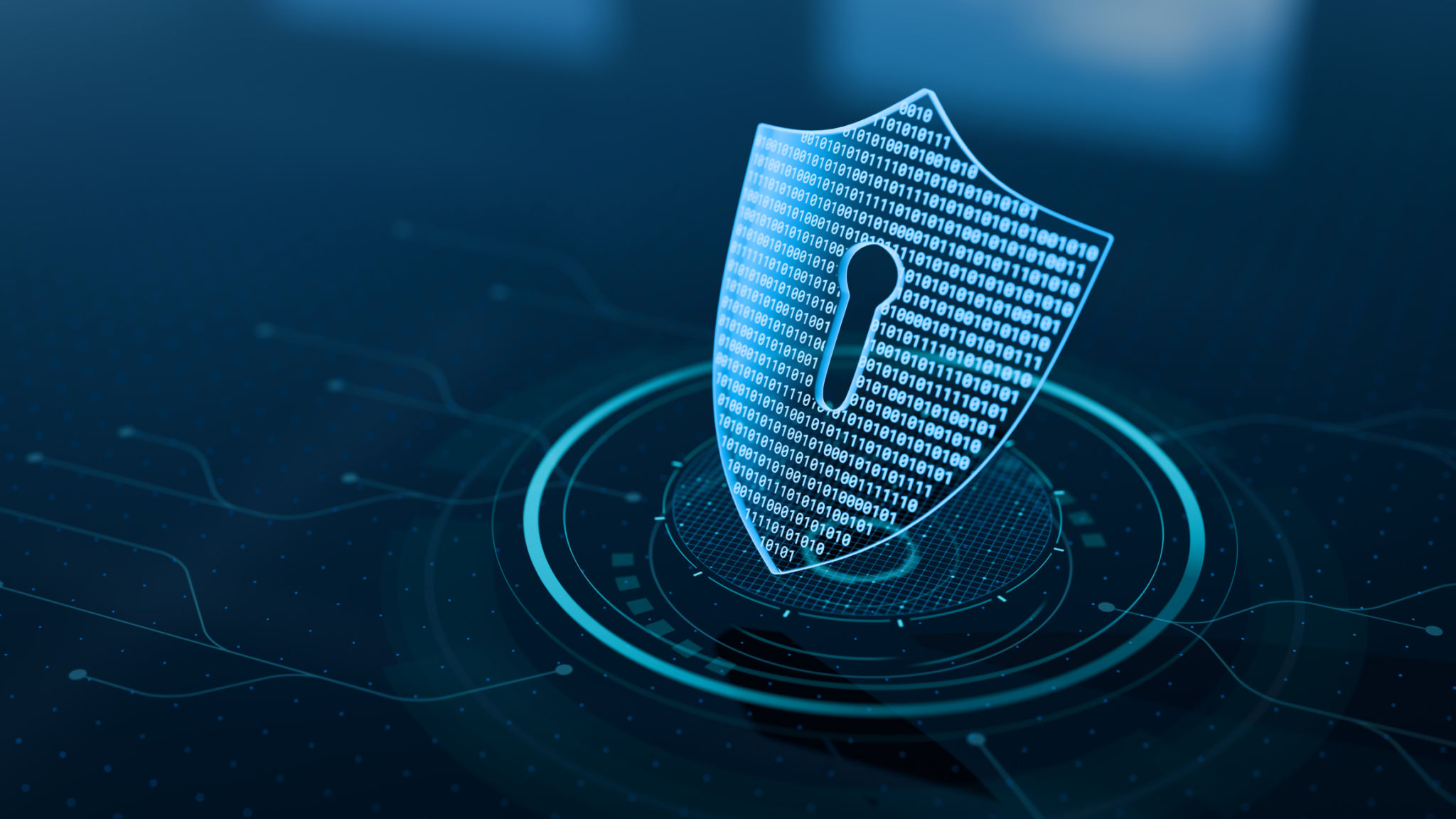Boosting Cybersecurity for SMEs: Essential Tips and Practices
Understanding the Importance of Cybersecurity
In today's digital age, cybersecurity is not just a concern for large corporations but a critical necessity for small and medium-sized enterprises (SMEs) as well. With increasing cyber threats, SMEs must be proactive in safeguarding their digital assets. Protecting sensitive information and maintaining customer trust is paramount for any business, regardless of its size.

Recognizing Common Threats
SMEs face a multitude of cyber threats that can disrupt operations and compromise data. Some of the most common threats include:
- Phishing Attacks: Deceptive emails designed to steal sensitive information.
- Ransomware: Malicious software that locks data until a ransom is paid.
- Data Breaches: Unauthorized access to confidential information.
Understanding these threats is the first step in developing a robust cybersecurity strategy.
Implementing Strong Password Policies
A critical yet often overlooked practice is implementing strong password policies. Encourage employees to use complex passwords that combine letters, numbers, and symbols. Regularly updating passwords and using multi-factor authentication can significantly enhance security.

Employee Training and Awareness
Employees are often the first line of defense against cyber threats. Conduct regular training sessions to educate them about recognizing phishing attempts and safe internet practices. An informed workforce is less likely to fall victim to cyberattacks, thus strengthening the enterprise's security posture.
Utilizing Secure Networks
Ensuring that your business operates on secure networks is essential. Use encryption for data transmission and ensure that all Wi-Fi networks are protected with strong passwords. Regularly update your network's firmware to protect against vulnerabilities.

Regular Software and System Updates
Cybercriminals often exploit outdated software. Implement a policy for regular updates and patch management to protect against known vulnerabilities. Automated updates can help ensure that all systems remain current without manual intervention.
Investing in Cybersecurity Solutions
Investing in comprehensive cybersecurity solutions can provide an additional layer of protection. Consider deploying firewalls, antivirus software, and intrusion detection systems. These tools can monitor for suspicious activity and block potential threats before they cause harm.

Establishing an Incident Response Plan
Despite the best preventive measures, breaches can still occur. An effective incident response plan outlines procedures for quickly addressing and mitigating the impact of a cyber event. Ensure that all employees are familiar with the plan and conduct regular drills to test its effectiveness.
Conclusion: Staying Ahead of Cyber Threats
In conclusion, boosting cybersecurity for SMEs involves a combination of awareness, employee training, secure practices, and technological investment. By implementing these essential tips and practices, SMEs can protect themselves against the ever-evolving landscape of cyber threats, ensuring business continuity and safeguarding customer trust.